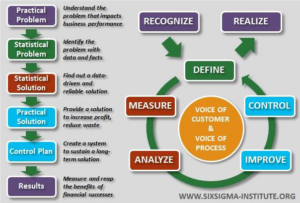Session: Reducing staffing costs by decreasing minutes in the workday
Editor's Note
In an informative presentation that focused on how data and electronic health records (EHR) played a key role in helping the team at Thomas Jefferson University Hospital understand the financial impact of turnover time inefficiency, Monica Young, MBA, RN, DNP, Vice President of Perioperative Services; Stefanie Landmesser, MSN, RN, CNOR, CCNS, Clinical Nurse Specialist; and Zulfi Husain, MHA, Administrative Fellow and Project Manager led the session, “Reducing Staffing Costs by Decreasing Minutes in the Workday,” at the OR Business Management Conference.
The scope of the project, Young explained, underwent some fine-tuning by starting small and seeing some challenges when it was time to scale. They started with a 3-room urology suite that represented the general turnover inefficiency. “We went from a baseline turnover rate of 7% to a record high of 33%,” she said. “In the OR urology floor, we had a baseline of 47 minutes, which was really high. Looking at the type of procedures we did, we knew we had had the opportunity to decrease staffing costs if we reduced non-productive work hours.”
 The core problem was: increased turnover time contributes to longer workdays, which in turn inflates labor costs. According to benchmark industry standards for patients who get admitted the same day, a turnover time of 30 minutes is the ideal, she said. “For outpatient surgery, 15 minutes is the benchmark,” she added. A multidisciplinary team comprising surgeons, anesthesia, charge nurses, and nursing assistants analyzed statistics pulled for a 4-month period to determine best practices to reduce “wheels out to wheels in”; an “aggressive” goal when going from a 47-minute turnover baseline to 30 minutes.
The core problem was: increased turnover time contributes to longer workdays, which in turn inflates labor costs. According to benchmark industry standards for patients who get admitted the same day, a turnover time of 30 minutes is the ideal, she said. “For outpatient surgery, 15 minutes is the benchmark,” she added. A multidisciplinary team comprising surgeons, anesthesia, charge nurses, and nursing assistants analyzed statistics pulled for a 4-month period to determine best practices to reduce “wheels out to wheels in”; an “aggressive” goal when going from a 47-minute turnover baseline to 30 minutes.
They did not achieve that goal fully, Young stated, adding that there are several reasons for why turnover time is a challenging metric, including:
- arrival time in holding area is a moving target
- variability in room setup time
- staff in the room don’t have defined start time as they do in first time starts
- as day progresses, the core team may be on break or lunch
- room setups may be challenging when subsequent case is a different specialty.
“But we set up the process,” she continued; arguably the hardest part. Current practices were evaluated and new best practices were set; milestones were determined and are now being tracked; and data/reports are consistently being retrieved out of the EHR after relevant alerts (an effective coding system that they walked through during the presentation) were added directly to the records. “We’re going to continue to audit,” which is much easier now that they were better informed with these reports, she said.


 Free Daily News
Free Daily News